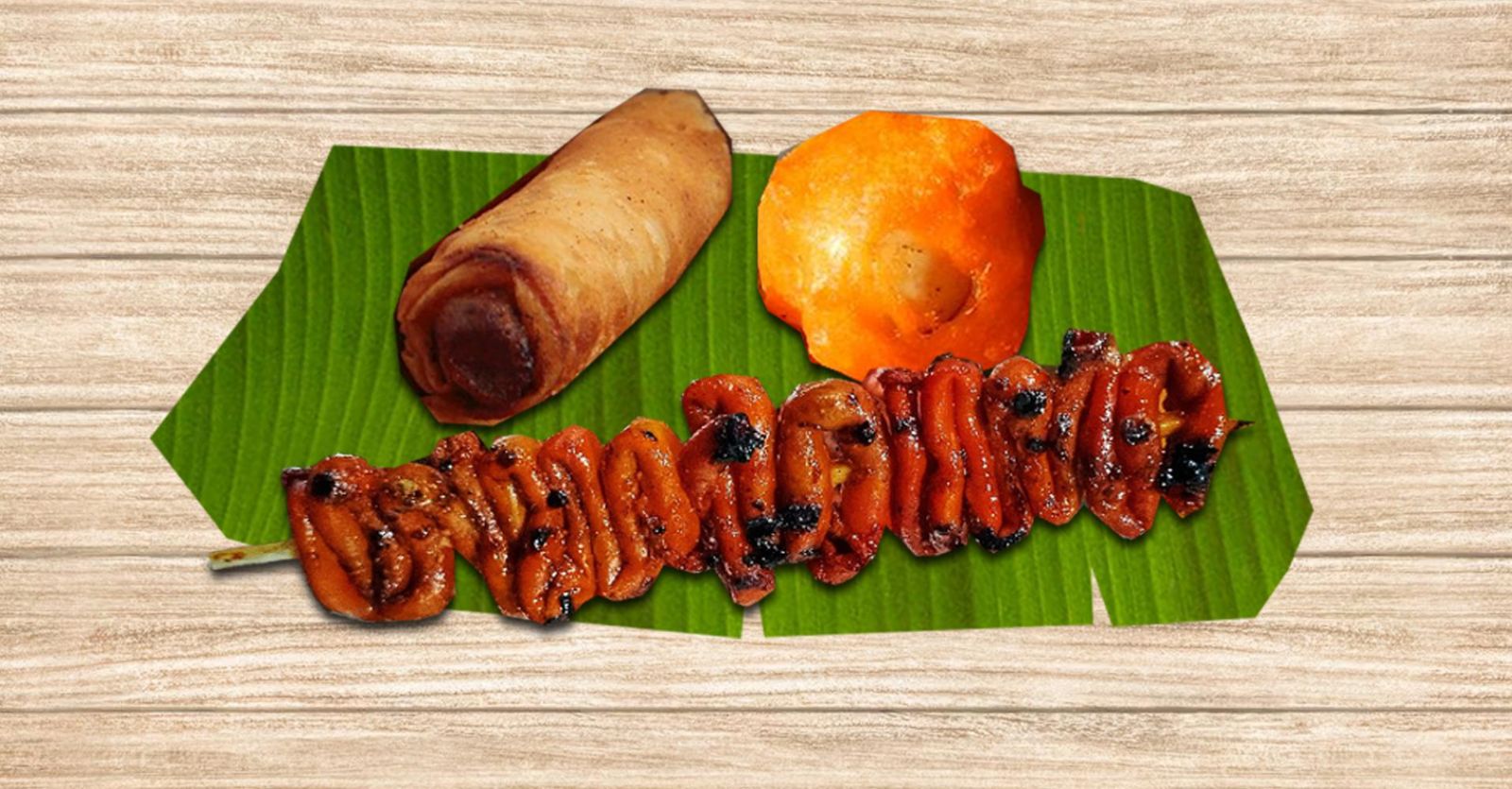
By Brian Jules Campued
Filipino food has been recognized internationally anew with the ever-popular, party-favorite Lumpiang Shanghai leading the pack and rolling its way among the Top 100 list of the best Southeast Asian street foods by TasteAtlas.
This year, the local spring rolls landed at 21st spot—the highest placement of Filipino street foods in the food website’s latest list as of March 15.
A staple dish among most Pinoy celebrations, Lumpiang Shanghai is a deep-fried version of Chinese spring rolls made from ground pork or beef with carrots, onions, and various seasonings.
Other popular street foods which made its way to the TasteAtlas’ list is the “tusok-tusok” favorite “kwek-kwek” or quail eggs wrapped in orange batter ranking 58th and “isaw”, a type of “inihaw” or barbecued skewered intestines at 86th place.
A smaller variety of “tokneneng” (made from boiled chicken or duck eggs), kwek-kwek is made by coating quail eggs with an “unusual” orange-colored batter before frying.
“Kwek kwek eggs are sold by numerous street vendors, who sell them alongside other delicious deep-fried Filipino snacks, such as fish or squid balls,” according to TasteAtlas.
Isaw, on the other hand, consists of marinated, boiled, and grilled chicken or pork intestines usually “coiled and skewered” on a stick then dipped in vinegar-based sauce.
“Because it is one of the cheapest Filipino street food meals, the dish is extremely popular, and there are even street stalls called ‘isawan’, devoted entirely to the preparation of this specialty,” the online food tourism database said.
Other Filipino street foods on the list include the Christmas delicacy bibingka (29), banana fritters or maruya (60), sweet tofu dessert or taho (74), stir-fried noodles or pancit bihon (78), proben or a snack made from deep-fried chicken organ (88), and Filipino rice cake or espasol (92).
Meanwhile, siomay—an Indonesian version of Chinese shumai—topped the list of best street foods in Southeast Asia, followed by Malaysian traditional pan-fried flatbread called roti canai and pempek, another Indonesian dish made from ground fish mean and tapioca.
Known among Pinoys as “pantawid-gutom”, street foods have always been part of Filipino culture—accessible, affordable, and satisfying enough to relieve hunger, albeit momentarily. – avds
